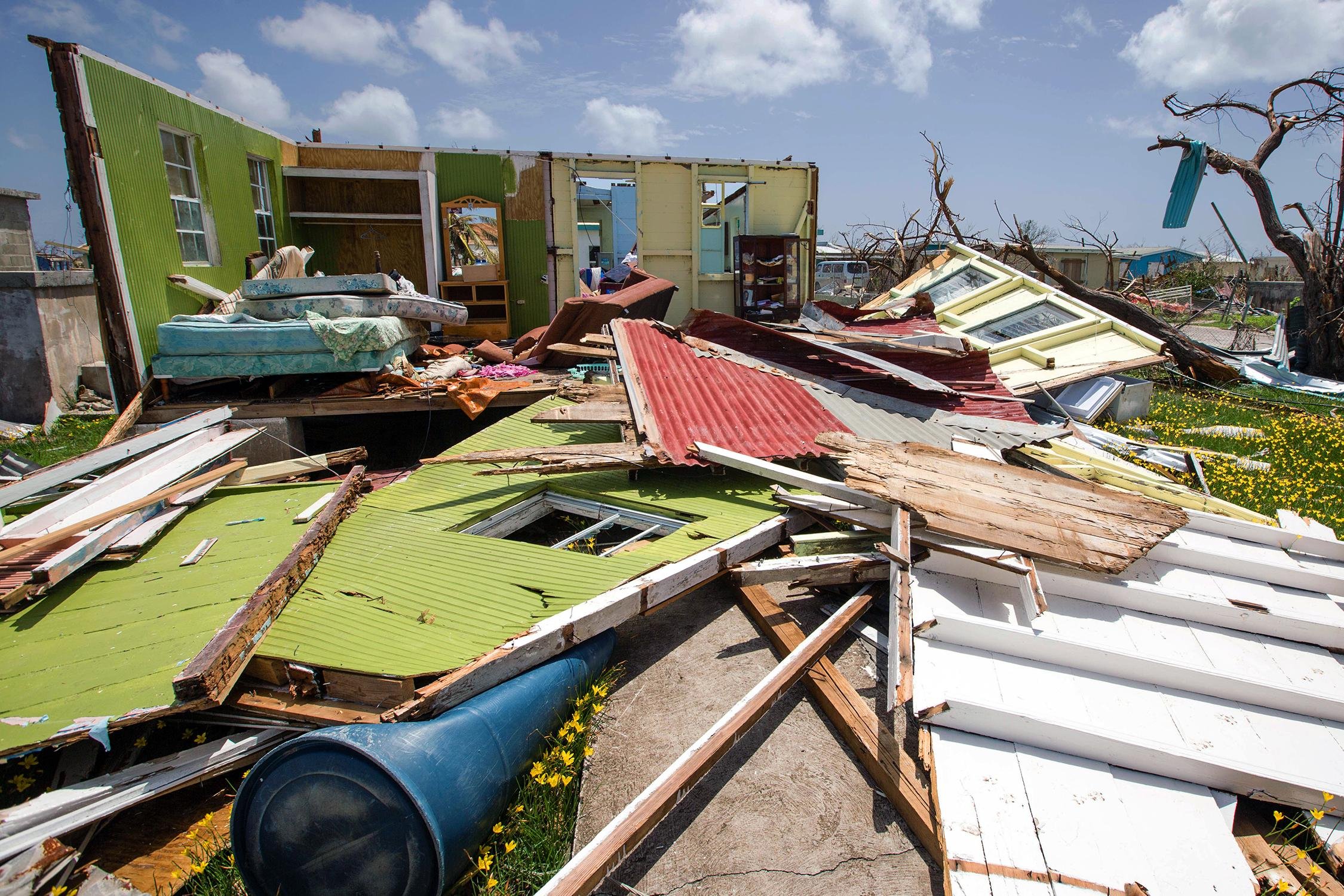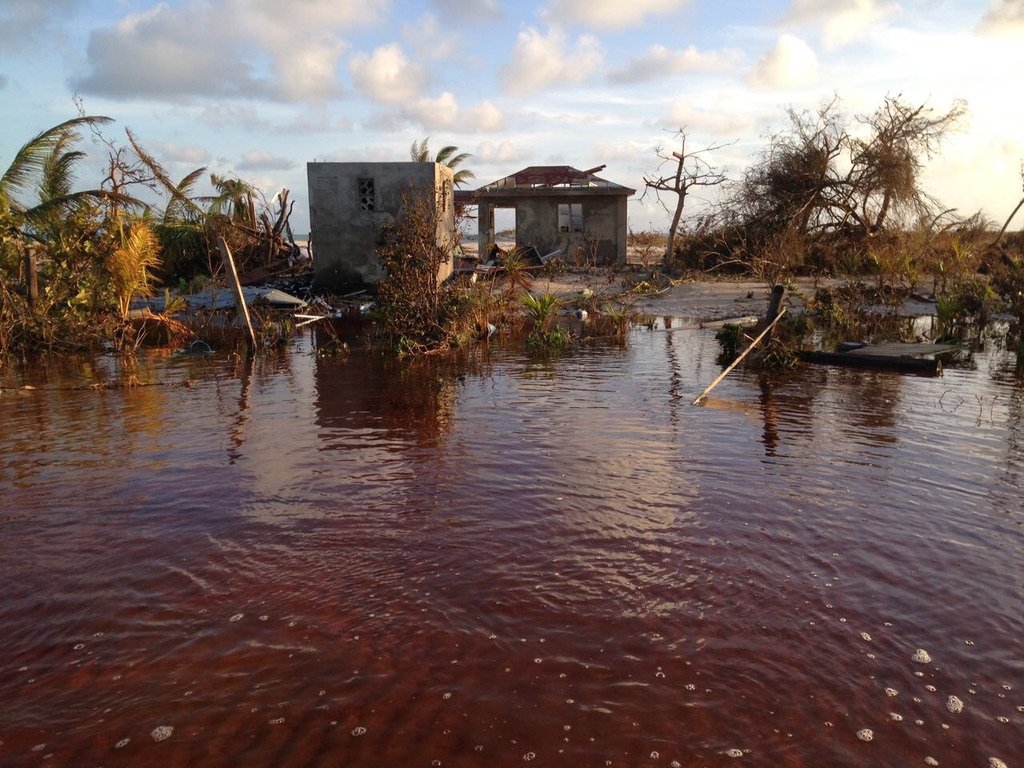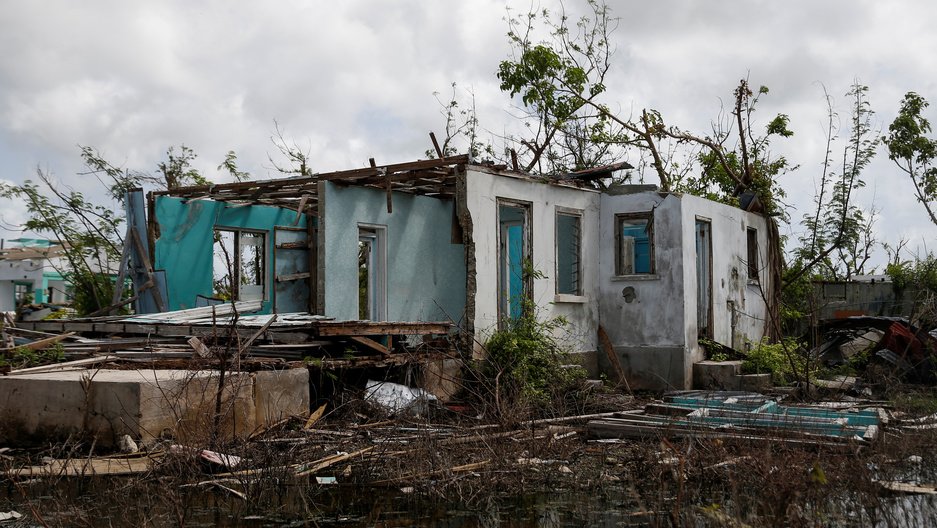Increasing Exposure to Climate Change



PLH is “further exacerbating the vulnerability of the island to storms and disasters, as nature and mangroves in particular provide for natural protection from such events.”
— UN Special Rapporteurs, Joint Statement
Barbuda, Climate Change and Hurricane Irma
The island of Barbuda has a uniform topography and is relatively flat. Palmetto Point in particular has long been identified as being at high risk from coastal erosion and storm surge, as was witnessed during Hurricane Irma in 2017. Thus, the headland and the wetland on which it sits play a crucial role in the island’s ecology and in the protection of the people of Barbuda from severe weather events as well as future climate change impacts. The recent history of the Caribbean shows that the destruction of the mangroves and sand dunes has an inevitable consequence on the exposure to climatic events.
In September of 2017, Hurricane Irma devastated Barbuda. The entirety of the population was forcibly evacuated. The storm destroyed about 90% of the island’s infrastructure. And yet Hurricane Irma's impact on Barbuda was mitigated because its wetlands, coral reefs and associated marine and terrestrial ecosystems were still intact. If the construction of coastal sites like the Barbuda Ocean Club proceed, the island will be left with significantly less protection.
Visualisation of Barbuda Ocean Club’s planned golf course, currently under construction. The coast of Palmetto Point has served as a barrier protecting the island from storm surges, but PLH’s reconstruction of the shoreline will change this. Photo Source: Barbuda Ocean Club
Dangerous Changes: How Coastal Construction Increases Climate Vulnerability
The Barbuda Ocean Club is being built on a low-lying island that is susceptible to massive storm surges, hurricanes and floods, impossible to predict and impossible to avoid, and likely to get more intense as climate change takes a hold. It will be very difficult to guarantee that the Barbuda Ocean Club won’t get washed away some time in the near future.
Climate change manifests on small islands through sea level rise, increased ocean temperatures, unpredictable weather and changes in the seasons which inform local traditional knowledge, and increased severity of tropical storm events.
Intact ecosystems such as wetlands and beaches are well equipped to adapt and respond to these changes. Such response often protects coastlines and the human infrastructure from the worst impacts of catastrophic events.
Building developments such as those being proposed for and carried out in the coastal zone of Barbuda severely compromises the resilience and adaptability of the islands natural ecosystems. These activities therefore severely compromises the ability of the island and its people to adapt and survive the era of climate change.
“Wetlands play a critical role in protecting the shoreline, protecting your sea life and protecting you from the ravages of any storm.”
— Biologist John Mussington
